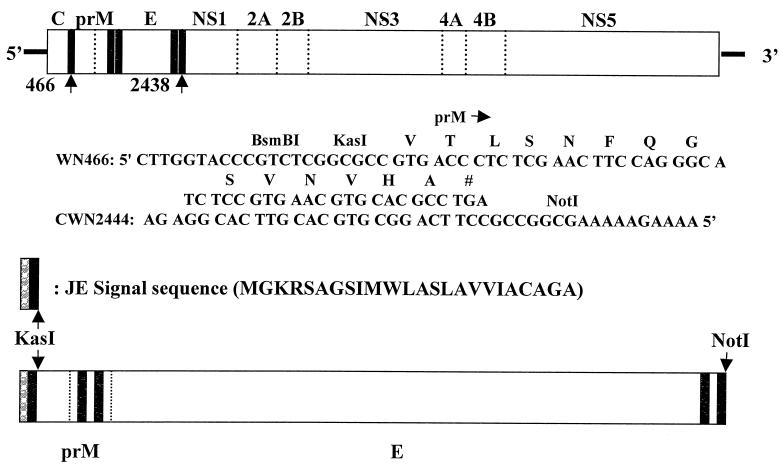Introduction of West Nile (WN) virus into the United States in 1999 created main human and animal well being considerations. Currently, no human or veterinary vaccine is accessible to stop WN viral an infection, and mosquito management is the one sensible technique to fight the unfold of illness.
Starting with a beforehand designed eukaryotic expression vector, we constructed a recombinant plasmid (pCBWN) that expressed the WN virus prM and E proteins. A single intramuscular injection of pCBWN DNA induced protecting immunity, stopping WN virus an infection in mice and horses.
Recombinant plasmid-transformed COS-1 cells expressed and secreted excessive ranges of WN virus prM and E proteins into the tradition medium. The medium was handled with polyethylene glycol to pay attention proteins. The resultant, containing high-titered recombinant WN virus antigen, proved to be a wonderful various to the extra conventional suckling-mouse mind WN virus antigen used in the immunoglobulin M (IgM) antibody-capture and oblique IgG enzyme-linked immunosorbent assays.
This recombinant antigen has nice potential to turn into the antigen of alternative and will facilitate the standardization of reagents and implementation of WN virus surveillance in the United States and elsewhere.

A panel of MHC class I restricted viral peptides to be used as a high quality management for vaccine trial ELISPOT assays.
Vaccines in normal and HIV vaccines in specific are focusing ever extra on the induction of mobile immunity particularly the technology of cytotoxic T cells (CTL). As progress is made in direction of creating a protected and efficient HIV vaccine, there may be a want for a strong, delicate and reproducible assay to judge vaccine-induced mobile immunogenicity in Phase II/III trials.
The enzyme-linked immunospot (ELISPOT) assay suits these standards and is a know-how that is instantly transferable and amenable to high-through-put screening. There is a want for reagents that can be used as constructive controls and for optimizing and standardizing the assay.
We chosen a panel of 23 8-11 mer Influenza virus (Flu), Cytomegalovirus (CMV) and Epstein Barr virus (EBV) epitopes acknowledged by CD8 constructive T cells and introduced by 11 class I HLA-A and HLA-B alleles whose cumulative frequencies characterize>>100% of Caucasian people. We examined interferon-gamma (IFN-gamma) secretion in peripheral blood mononuclear cells (PBMC) incubated with the peptides utilizing a modified ELISPOT assay. IFN-gamma secretion was detected in 15/17 (88%) HIV-1 seronegative and 14/20 (70%) HIV-1 seropositive people.
Release of IFN-gamma in response to the pool of peptides was CD8+ T cell mediated and HLA restricted. In vitro stimulation of PBMC with particular person peptides or the pool of peptides led to the growth of T cells able to killing goal cells expressing the suitable viral antigen in a CTL assay.
The measurement, form and look of the spots produced utilizing this peptide panel supplied a normal for the institution of acceptance standards of spots for the analysis of ELISPOT plates utilizing an automatic reader system.
